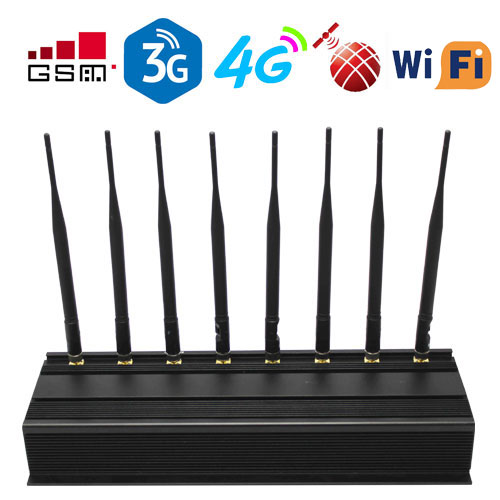The signal jammer has two ways of working. Some devices set their signals to the same frequency as pagers and mobile phones, thereby interrupting the communication between the phone and the base station. Others act as electronic filters, tricking mobile phones into thinking that there is no available frequency to make or receive calls. The manufacturers of these devices say that interference will only affect designated areas (most of the light is anywhere from tens to hundreds of feet) and can only work in cellular transmission.
Since 1998, cellular phone scramblers have come out. The price of this equipment is about $1,000, and it can block signals in a movie theater-sized room. The scrambler emits coded radio signals or modulated low-power radio waves.
Installing interfering devices in the United States may become more difficult. According to the Jammer Act, the Telecommunications Act of 1934 prohibits the use of public radio waves. In 2000, the Federal Communications Commission (Federal Communications Commission) confirmed the ban on human interference. Only a bill of Congress can change this.
However, as public dissatisfaction with this tweeted interference continues to grow, this major shift in the legal field has become less exaggerated. Last year, Letstalk.com found that 57% of Americans prefer to ban the use of mobile phones in restaurants, theaters and other public places.





